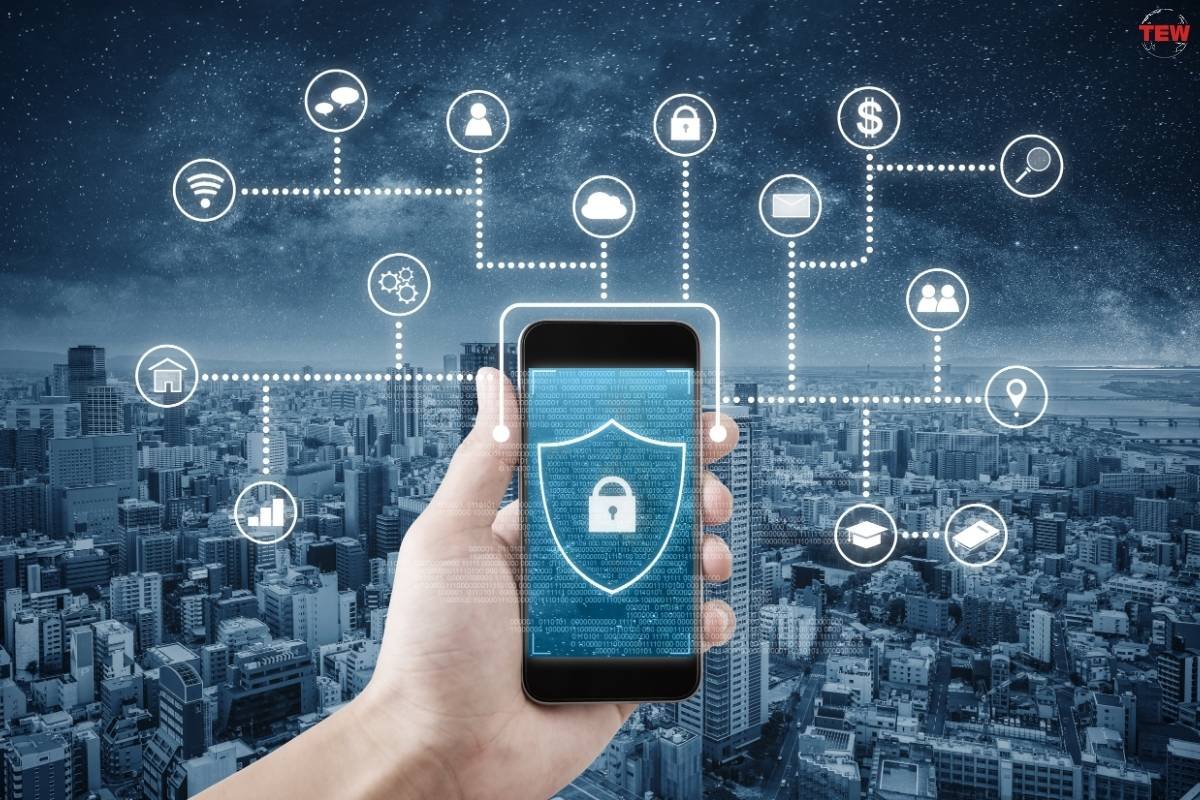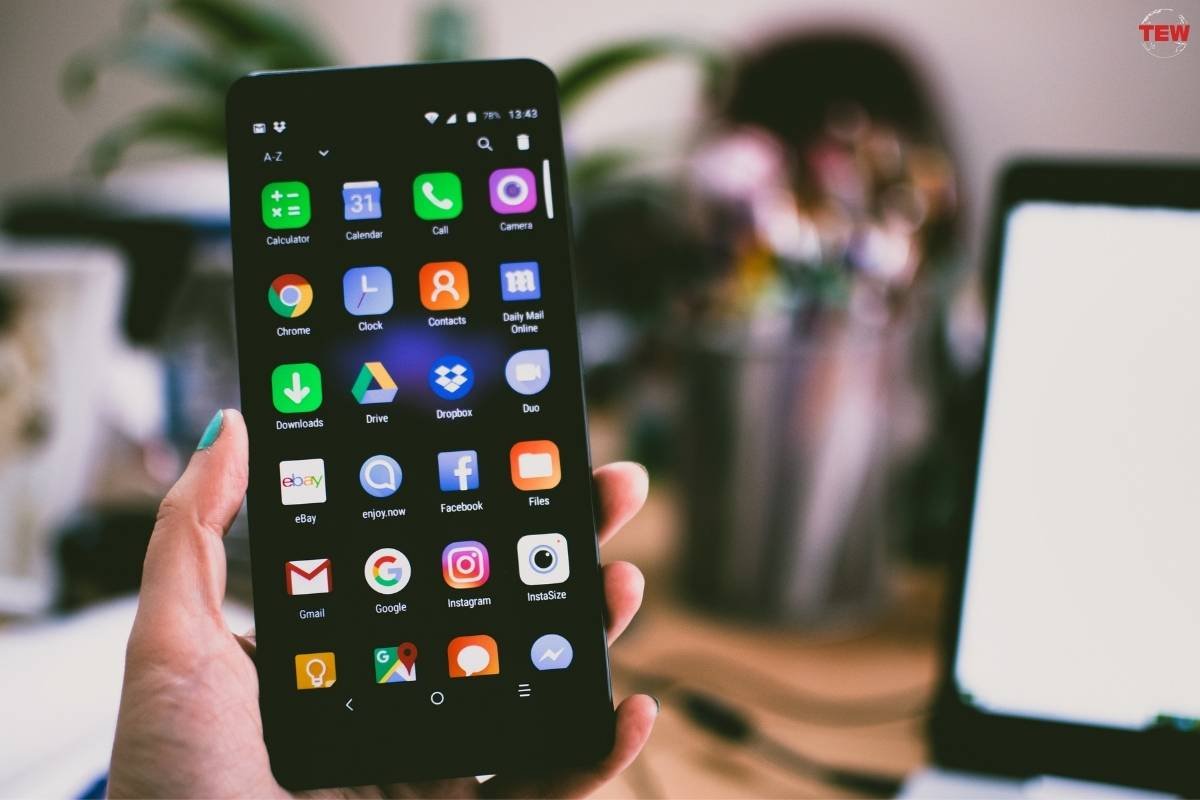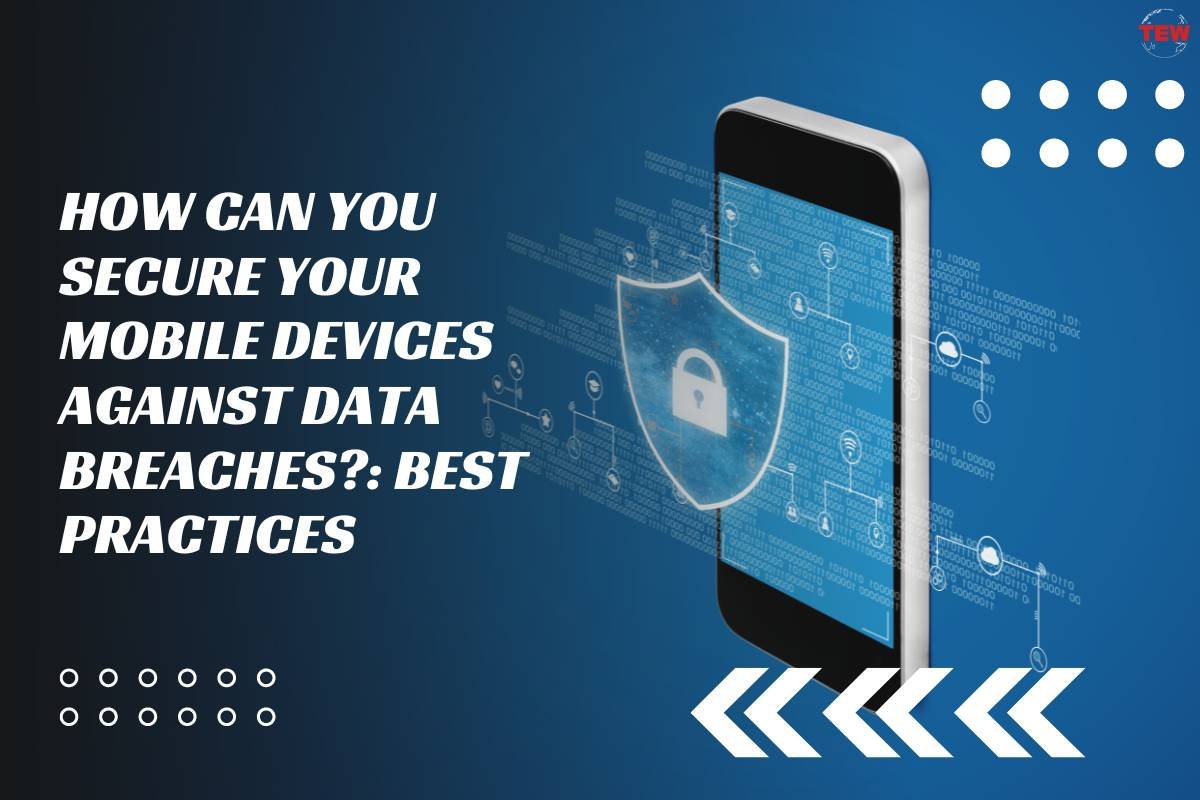Smartphones and tablets are practically extensions of many people. Most of you bank, shop, connect with loved ones, and store sensitive information – all on these pocket-sized devices. But with this convenience comes a responsibility: keeping our data safe from prying eyes. Data breaches are a constant threat, and mobile devices are prime targets for hackers. So, how can you secure your mobile devices and prevent becoming a victim?
Here are 9 best practices to secure your mobile devices:
1. Secure Lock Screen
When it comes to mobile threat management, the first line of defense is a secure lock screen. Imagine your phone as a mini vault – it needs a strong lock to keep prying eyes out. Don’t settle for a simple swipe pattern or PIN – these can be cracked with minimal effort.
Instead, opt for a complex, alphanumeric strong password. Think uppercase and lowercase letters, numbers, and symbols. Yes, it might take a beat longer to unlock, but that extra mobile security is worth it. If your phone offers fingerprint or facial recognition, consider enabling those features as well. These biometric options add another layer of protection and are often faster than typing a password.
2. Keep Your Software Up to Date
Updating your device’s software is crucial. Updates often include security patches that secure your mobile devices. Ignoring these updates leaves your device vulnerable. Set your device to update automatically. This ensures you don’t miss any critical security improvements.
Here’s why updating your software is essential:
1. Protection Against Vulnerabilities
Software updates fix known security flaws that could be exploited by hackers.
2. Enhanced Features and Performance
Updates often come with new features and improvements that enhance functionality and secure your mobile devices.
3. Compatibility

Keeping your software up to date ensures compatibility with the latest apps and services, which often include improved security measures.
By keeping your software up to date, you can secure your mobile devices from a wide range of potential threats.
3. Be Cautious with Public Wi-Fi
Public Wi-Fi networks are a double-edged sword. They’re convenient, but they’re also insecure. If you must connect to public Wi-Fi, avoid accessing sensitive accounts like your bank or email.
For an extra layer of protection and enhanced online privacy, consider using a Virtual Private Network (VPN). VPNs add a layer of security to your online activity by encrypting your internet traffic. This encryption scrambles the data you send and receive, making it unreadable to anyone who might try to intercept it, like hackers on public Wi-Fi networks.
4. Be Aware of Physical Security
Physical security is as important as digital security. Never leave your mobile device unattended in public places. Use a sturdy case to protect it from physical damage. Consider using a tracking app to locate your device if it’s lost or stolen. These apps can also help you remotely wipe your data to prevent unauthorized access.
5. Be a Savvy Surfer
Phishing scams are a common tactic used by hackers to trick you into giving up your personal information. Phishing emails or text messages often appear to be from legitimate sources like your bank or a popular online service. They’ll typically pressure you to click on a link or download an attachment that contains malware.
Here’s the golden rule: Never click on links or download attachments from suspicious emails or texts. If you’re unsure about the legitimacy of a message, contact the sender directly through a verified channel (like a phone number you know is correct).
6. Avoid Downloading Apps from Unknown Sources

Stick to official app stores for Android and iOS devices because these platforms have mobile security measures to detect and remove malicious apps. Downloading apps from unknown sources increases the risk of malware infections. Always read reviews and check app permissions before downloading.
7. Be Mindful of What You Share
Social media is a great way to connect with friends and family, but it’s important to be mindful of what you share. Oversharing personal information online, like your home address or birthday, can make you a target for identity theft or online scams. Review your privacy settings on social media platforms and limit access to your profile and information.
8. Be Careful with App Permissions
Apps often request permission to access various parts of your device. Be cautious about what you grant. Some permissions are necessary, but others may be invasive. Limit permissions to what the app genuinely needs to function. Review permissions regularly and adjust them as needed.
9. Consider Remote Wipe and Tracking

Hopefully, you’ll never lose your phone. But if the worst happens, having a plan in place can save the day. Most mobile operating systems offer features like remote wipe and tracking. Remote wipe allows you to erase all data from your phone remotely, protecting your information from unauthorized access. Tracking features can help you locate your lost phone, increasing your chances of getting it back.
Conclusion
By following these best practices, you can significantly reduce the risk of data breaches to secure your mobile devices. Remember, security is an ongoing process. Stay vigilant, keep your software updated, and be smart about the information you share online. With a little effort, you can transform your smartphone into a secure fortress for your digital life.




